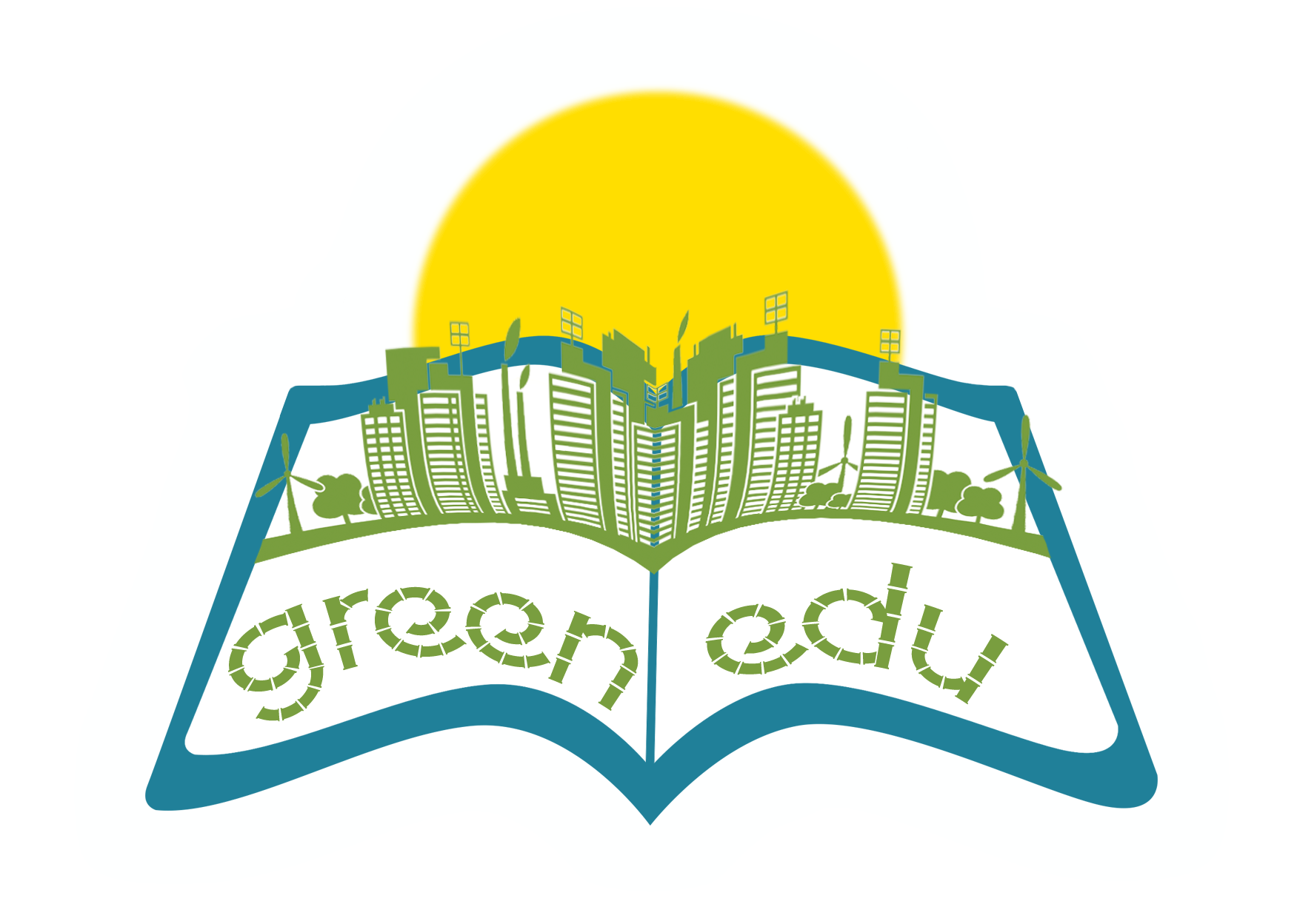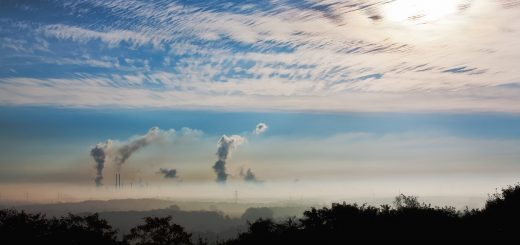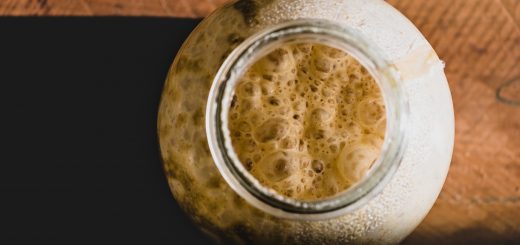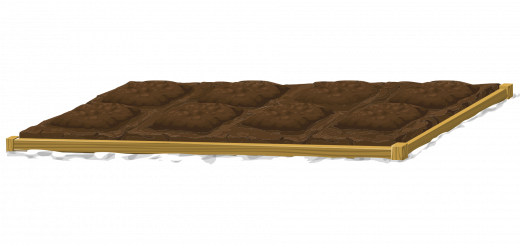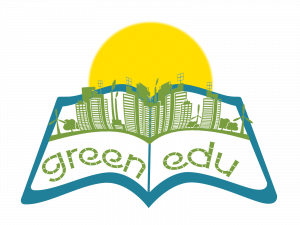Separeting Mixtures

Summary
Among the substances around us, sugar, rice and soil are solid; olive oil, fruit juice and milk are liquid, the air we breathe is in a gaseous state. So, are substances classified only as solids, liquids and gases? We can make salads from various vegetables. We can chop vegetables such as lettuce, tomato and cucumber into salad as much as we want. We can make sugar water by mixing water and sugar. We can make lemonade by adding lemon juice into it.
When we cut the cotton yarn into small pieces, we see that the properties of all the pieces are similar. Materials that do not contain any other substances, such as cotton, are considered pure substances. Salt, sugar, iron, copper are examples of pure substances.
We noticed that substances such as salads and sugar water consist of multiple substances. Salt water, sugar water, lemonade, vegetable soup, and soil are examples of mixtures. Substances formed by the combination of more than one pure substance are called a mixture.
Many substances in nature are in the form of a mixture. The air we breathe is also a mixture of many gases. Most of our foods and beverages are mixtures of multiple ingredients. In some cases, it is necessary to separate the ingredients that make up these mixtures.
Our elders use a strainer to separate the water from pasta. Fine sand is needed for plastering works in constructions. The sand is sieved in small mesh sieves to obtain fine sand. Mixtures are created by combining many substances. The substances that make up the mixtures can be separated from each other by various methods. As we did in the event, the rice mixture can be separated by straining. We conclude that the solids in liquids can be separated by filtration.
We know that many substances we use in our daily life are made up of mixtures. What are the benefits of separating mixed substances from each other? For example, we throw dozens of items in garbage cans every day. These substances form a mixture in the trash cans. We see that solid wastes such as glass, paper and metal in garbage are collected separately by some people and organizations. These substances, called solid waste, can be separated from mixtures and reused in factories.
For example, preventing trees from being cut down also helps to preserve natural resources. For example, one tree gets saved for every 54 kg of newsprint conversion. Each ton of recycled paper saves 17 trees. In addition, the reuse of used paper contributes to the economy as waste raw materials are obtained.
| Lesson plan summary | |
| Subject | Green Engineering and Robotics |
| Topic | F.4.4.5.3. Discuss the separation of mixtures in terms of contribution to the country’s economy and efficient use of resources. |
| Age of students | Primary 8-10 |
| Preparation time | 30 Minutes |
| Teaching time | 40 Minutes |
| Online teaching material (links for online material) | MEB 2020-2021 4. GRADE SCIENCE COURSE BOOKhttps://www.youtube.com/watch?v=8wiaSzTRzz0https://www.yesiltaylar.com.tr/tr/blog/karisimlarin-ayrilmasinin-ulke-ekonomisine-katkisi |
| Offline teaching material | WEDO-2 kitTABLET |
Aim of the lesson
By the end of this lesson students will:
- learn the methods of separating mixtures.
- comprehend the benefit of separating the mixtures by discussing the benefit of the country’s economy.
- learn the use of sensors by coding through the program.
- understand the importance of separating and reusing mixtures against any environmental pollution they detect around them. They produce solutions by using STEM steps related to this issue and model this solution.
Activities
Describe here in detail all the activities during the lesson and the time they require. Remember, that your lesson plan needs to revolve around the topic of Green Engineering and Robotics.
| Name of activity | Procedure | Time |
| Engage-1 | The news titled “The Contribution of Separation of Mixtures to the National Economy” is read with the students.The newspaper article is read and the students are asked to comment on this issue. Apart from such situations, students try to find out in which areas magnets can be used by brainstorming. | 5 min |
| Explore-1 | Students are made to watch a video about pure substance and mixture.https://www.youtube.com/watch?v=8wiaSzTRzz0) Then, the students are asked about the differences between pure substance and mixture. After receiving the answers, the students are asked how we can separate the mixtures. And they are asked to reflect on what kind of benefits separating mixtures might have for the country’s economy. | 10 min |
| Explain-1 | In this section, students are asked to design a product that is beneficial for the environment regarding the separation of mixtures with using WeDo 2.0 set. While designing the product; motion sensor and smart bricks must be used. Students design a product in accordance with the given limitations. They can get help from the teacher in the process. The product must have the ability to move. The product should be aimed at solving an environmental problem. The product must represent one of the methods of separating mixtures. For example, designing a truck with a box and moving back and forth to represent the method of screening. | 10 min |
| Elaborate-1 | Students are asked to describe the product they designed. While explaining the designs they have obtained, students make self-criticisms by considering features such as easy to place, easy to use and functionality. After students complete their self-criticism, they explain the coding scheme they have created. Feedback is given by the teacher about the coding scheme and by his peers. Ideas are exchanged on what can be done to improve the scheme. Time is given to the students again to improve the coding scheme. NOTE: The coding scheme that students should obtain in simple lines is as shown in the figure. The student who designs a vehicle that can move back and forth, creates coding to show the method of elimination. NOTE: The subject is deepened by sharing the information below with the students. We know that many substances we use in our daily life are made up of mixtures. What are the benefits of separating mixed substances from each other? For example, we throw dozens of items in garbage cans every day. These substances form a mixture in trash cans. We see that solid wastes such as glass, paper and metal in garbage are collected separately by some people and organizations. These materials, called solid waste, can be separated from mixtures and reused in factories. By separating glass, plastic, paper and metal wastes, it is ensured that the limited natural resources in the world are protected. At the same time, the energy, time and money spent are saved. For example, used paper is re-processed in factories and paper is obtained. Thus, cutting down trees to obtain paper is prevented. We throw away glass waste such as glass cups or bottles that are not used in our home. Glass is also a substance with economic value. When glass waste is evaluated, it contributes to the economy. By utilizing glass waste, natural resources are also protected. With the reuse of 1 ton of glass waste, 100 liters of oil can be saved. Solid wastes are separated and reused, contributing to the national economy. By separating the mixtures, the energy to be used to produce these products is saved. Each of these savings means economic gain. Thus, natural resources are used effectively and nature and environment are less polluted. | 15 min |
Assessment
Describe here the assessment method of the lesson, if any. For example, if you plan on assessing your students with a quiz, include here questions and answer options with color-coding the correct answers.
HOMEWORK EVALUATION (PROJECT)
Materials Used: Pet bottle, straw, scissors, colored stamps, glue, pencil, paper, ribbon, thick colored thread, balloon, toothpick, aluminum foil
Knowledge-Based Life Problem
Ayhan who is interested in agriculture, cultivates wheat every summer and then harvests it. However, as the harvesters malfunctioned during the harvest, some of the wheat remained normal while others were broken or turned into dust. Ayhan thought that separating them would be very difficult and long in terms of both material and time, so he decided to give all of the wheat to flour. But when Ayhan thought about it for a while, he found that he could build a system that can make a multi-layered sieve so that the largest pieces stay up and the smallest pieces go down. Can you help him?
Limitations:
-The budget is limited to 20 TL.
– The length of our model should be minimum 10 cm and maximum 25 cm.
– Your model must have a price.
– Your product must have a promotional brochure.
Evaluation of the Product
| VERY GOOD | MIDDLE | MUST BE IMPROVED | |
| Have mandatory materials been used? | |||
| Are the restrictions respected? | |||
| Is the problem scenario understood? | |||
| Is the brochure sufficient in terms of promoting the product | |||
| Can the model move? |
